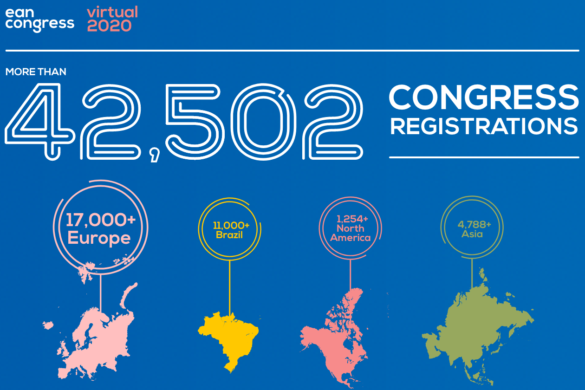by Ettore Beghi & Daniel Berekzcki
An unexpected outbreak due to the infection by the coronavirus, Covid-19, which started in China at the end of 2019, is rapidly expanding and is now officially assigned pandemic status by the WHO. After China, Europe experienced a rapid growth of the infection and is now recognised, together with the Unites States, as the current epicentres of the disease. Although, in general, the clinical spectrum of the disease is fairly wide, there are some specific features that make the infection by Covid-19 more severe than any recent influenza epidemic: the high attack rate, the occurrence of pneumonia and the fairly high case-fatality rate.
Specific challenges: At present, in the absence of a vaccine and of specific drugs of proven efficacy against Covid-19 infection, the only effective measures to adopt are preventative, such as social isolation. The experience of countries like Italy, the most severely affected by the outbreak in Europe at the time of writing, can be an example for the other European countries that followed in facing the outbreak. The effects of social isolation in Italy are appearing now in terms of reduction of symptomatic cases requiring hospitalization. However, there are observations that still need an explanation. For example, the highest spread of the infection in areas such as Lombardy (the greater Milan area, population 10 million people) might be due to the high population density or other, as yet unknown, factors.
Unanswered questions: Given the differing measures in time and place that have been adopted to try and counteract the spread of the virus, it is now difficult to provide a clear epidemiological picture to clarify the extent of exposure in relation to proportion of cases becoming positive, amongst these people the proportion of individuals who become symptomatic and, most importantly, the proportion who die. The association between spread of the infection and density of population requires further investigation. The possible role of other environmental factors (eg, air pollution) does not have at present a clear scientific basis.
Next steps: The effects of social isolation on outcome of the Covid-19 outbreak, based on the experience in Italy and Spain, may be assessed within the next few weeks. In the future, epidemiological changes could be monitored, taking into account potential routes of transmission and subclinical infections, in addition to the adaptation, evolution, and spread of the virus amongst humans, intermediate host animals and other reservoirs. The entire spectrum of the disease (proportion of cases found positive, those who experience symptoms, those that require hospitalization, those who need assisted ventilation, and those who die) will perhaps be assessed by studies in small areas where the entire population can be been tested for infection. The medical records of family doctors, who are now at the front line of clinical care delivery in several European countries, can be used retrospectively to explore the disease characteristics in representative samples of the general population. Future epidemiological studies should be also performed in cohorts of patients who experienced symptoms and signs of Covid-19 infection, to monitor the occurrence of any neurological and/or psychiatric features even after the present pandemic has passed.













